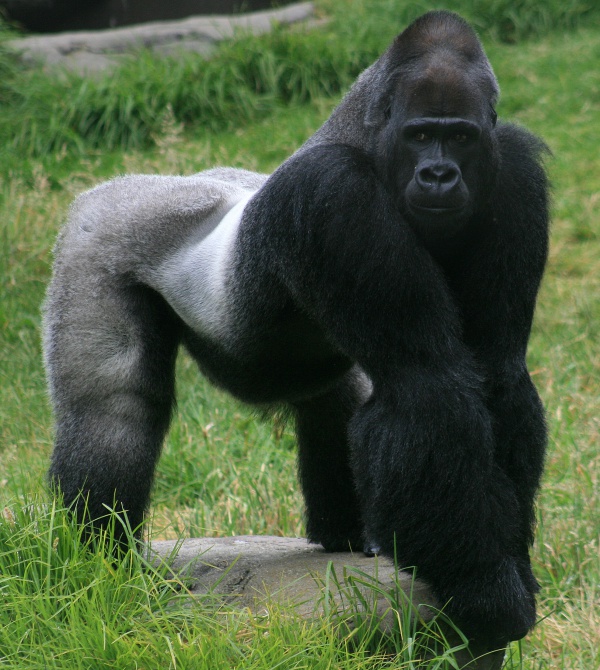Facts About Gorilla
Gorillas are intriguing, terrestrial apes that primarily consume a plant-based diet. They inhabit central Sub-Saharan Africa, residing in tropical and subtropical forests at various elevations. There are two main species of gorillas: eastern and western, which are further divided into four to five subspecies. These remarkable beings are the largest extant primates and share significant genetic similarities with humans.
The origin of the name "gorilla" is steeped in history, tracing back to the explorations of Hanno the Navigator in West Africa. Gorillas were scientifically described for the first time in the mid-19th century. They share a common ancestor with humans and chimpanzees, having diverged approximately 7 million years ago. Over the years, scientists have refined the classification of gorillas, and today, we recognize two main species along with their respective subspecies.
Physically, gorillas are noted for their knuckle-walking. Their size, coloration, and facial features vary depending on the species and subspecies. Their social lives are intricate, typically organized in groups led by a dominant silverback male. Communication among gorillas includes a combination of vocalizations and body language, and they demonstrate specific behaviors related to mating, parenting, and conflict resolution.
Gorillas are not just powerful; they are also intelligent and capable of expressing emotions. They use tools in the wild and even exhibit cultural behaviors. Researchers have spent years studying these extraordinary animals to gain a deeper understanding of them. Unfortunately, gorillas face significant threats. All species are listed as endangered or critically endangered due to habitat loss, poaching, and diseases like Ebola. Conservation efforts are essential to preserving these magnificent creatures and their natural habitats.

 Equatorial Guinea
Equatorial Guinea